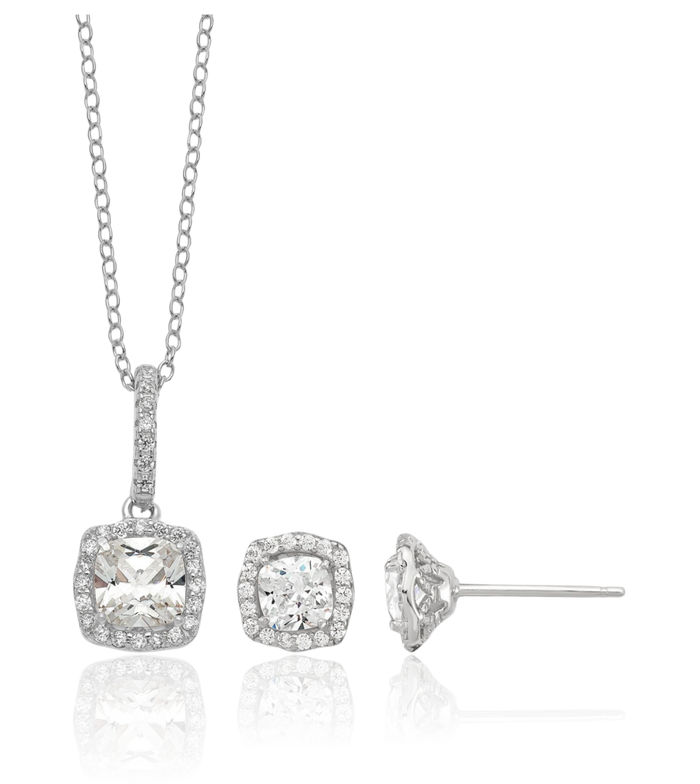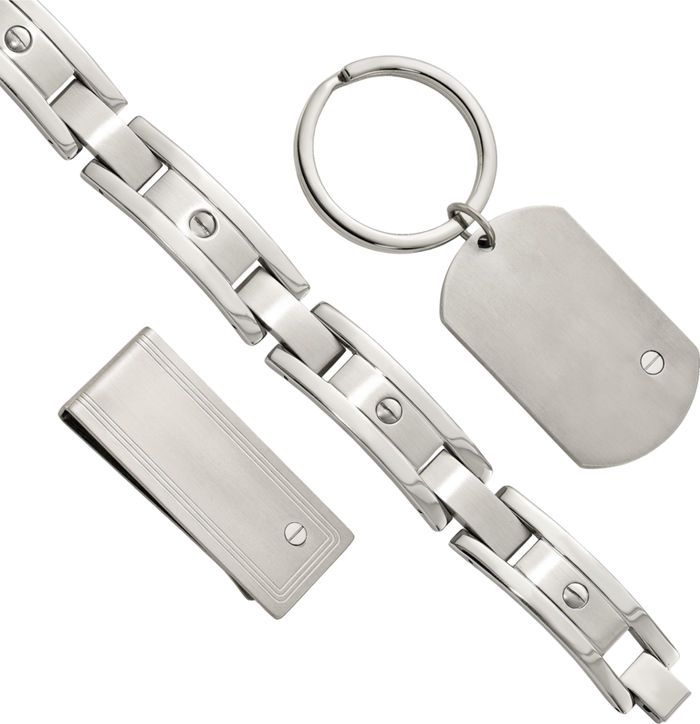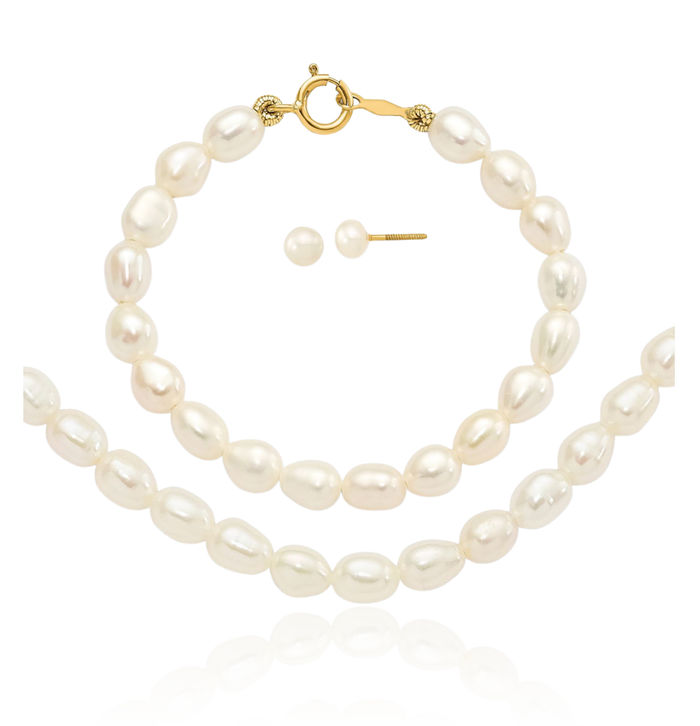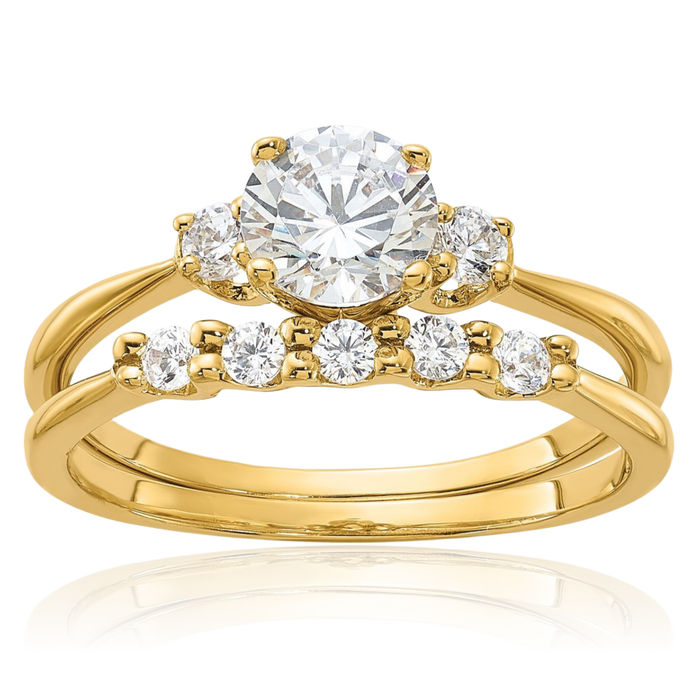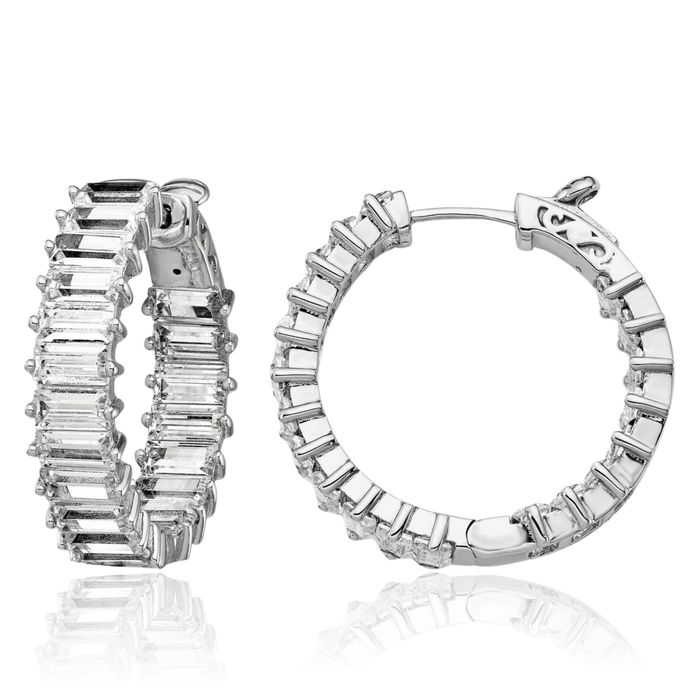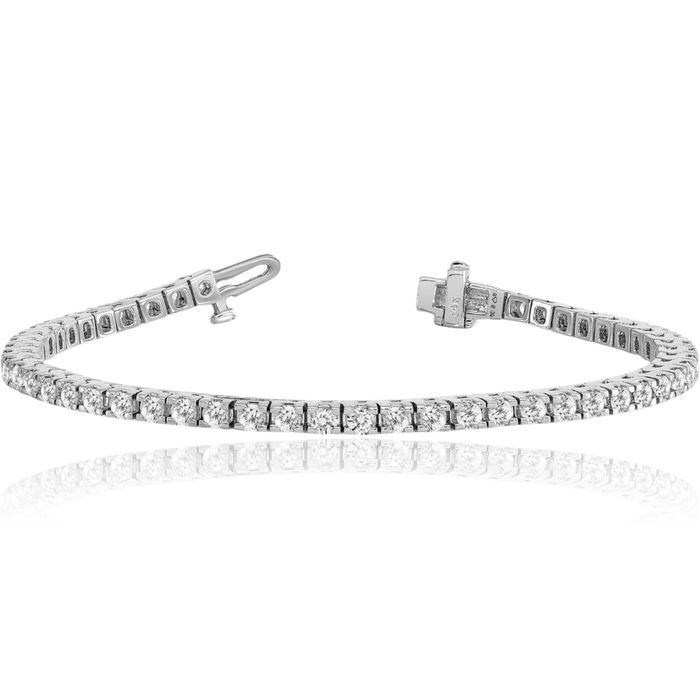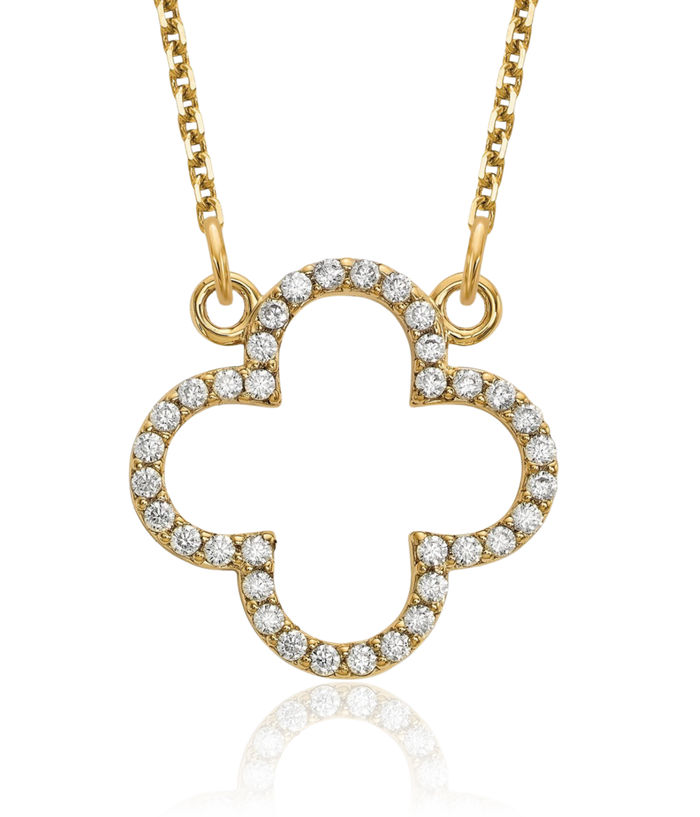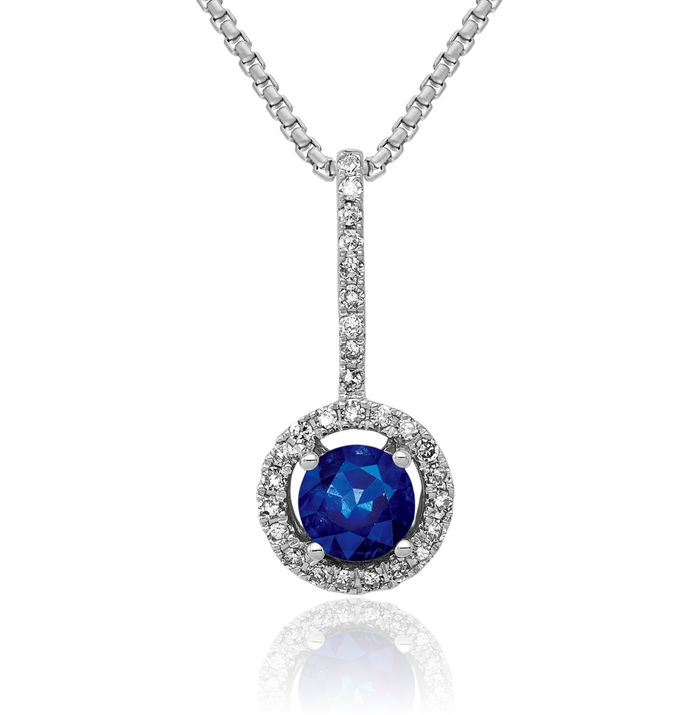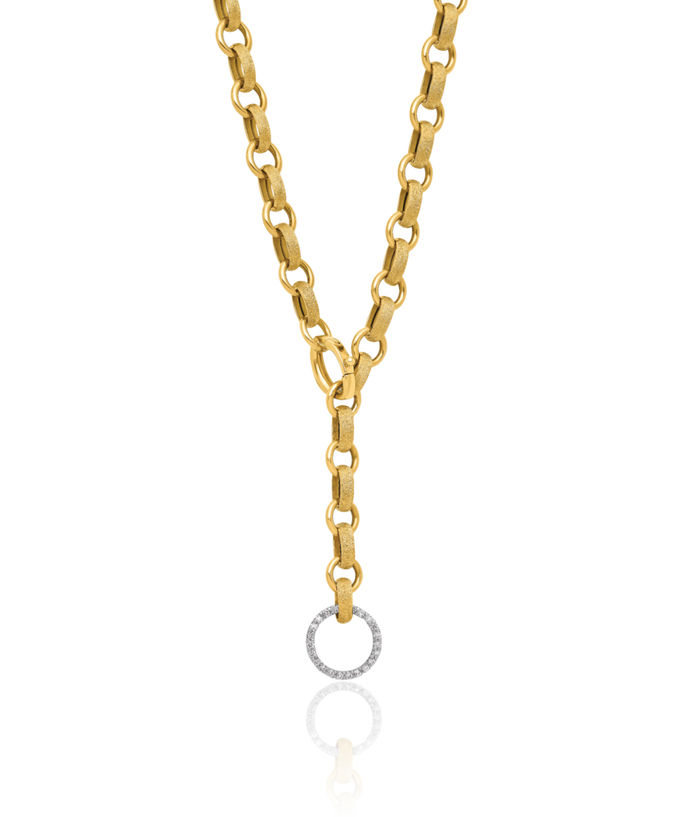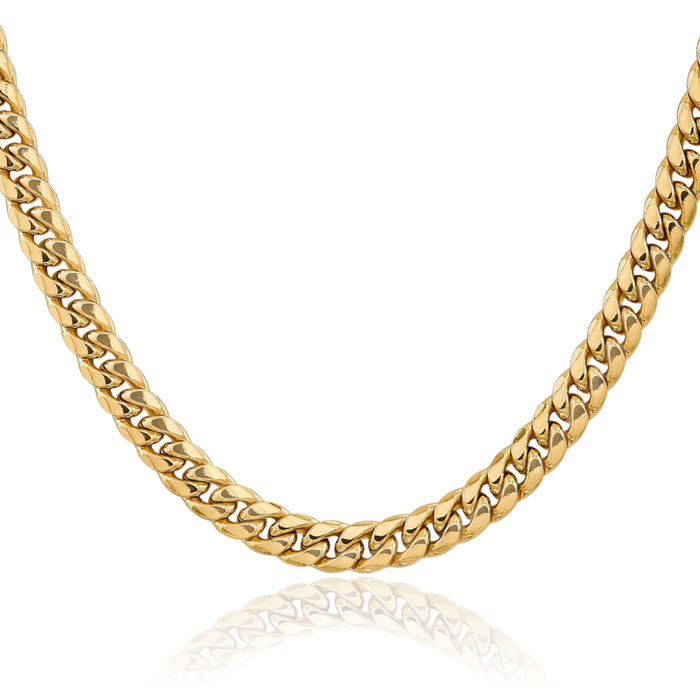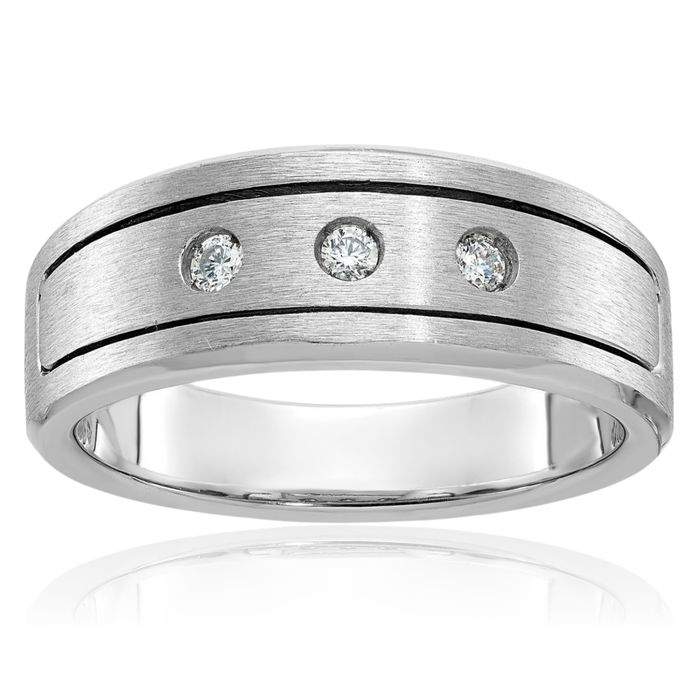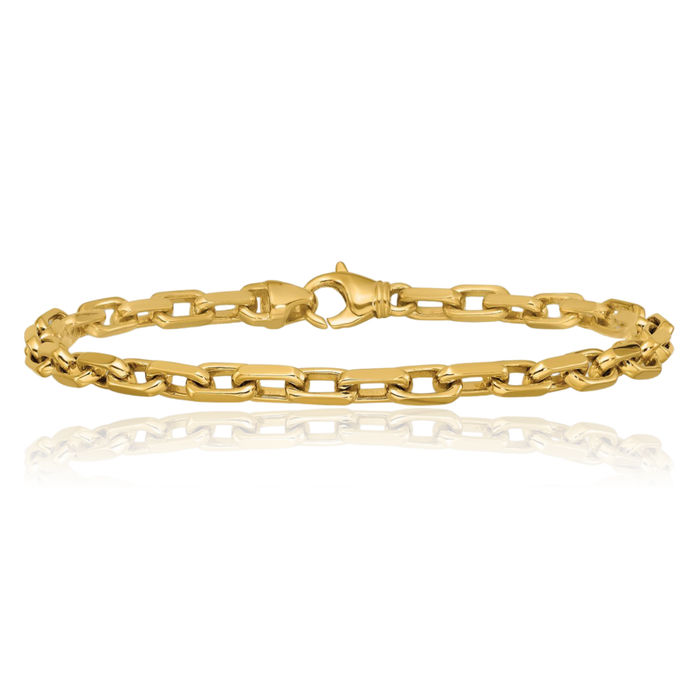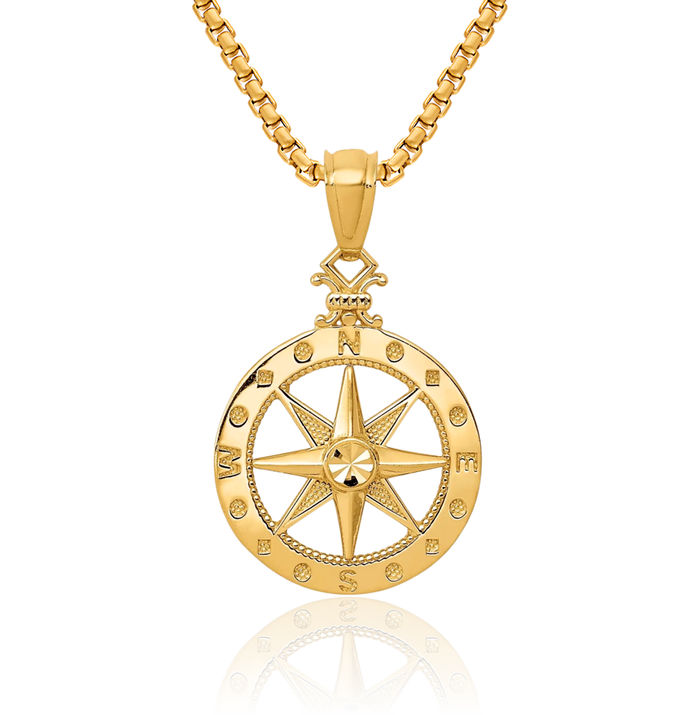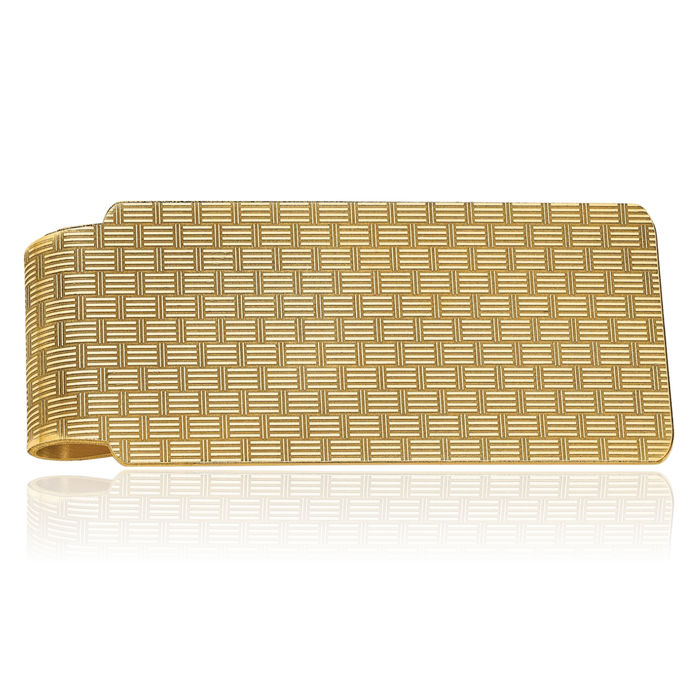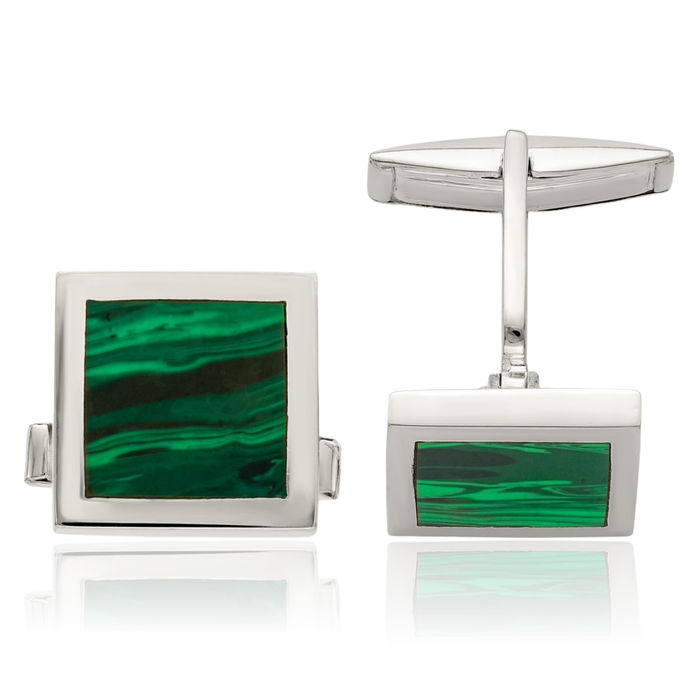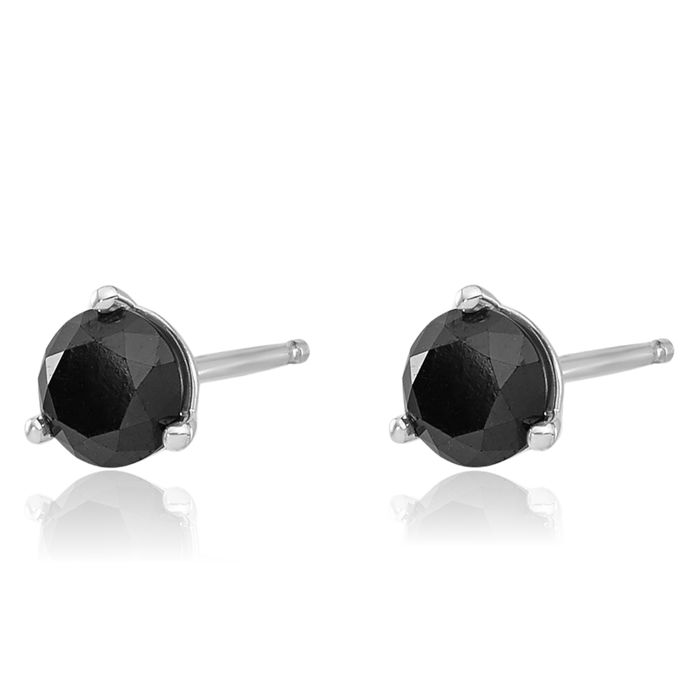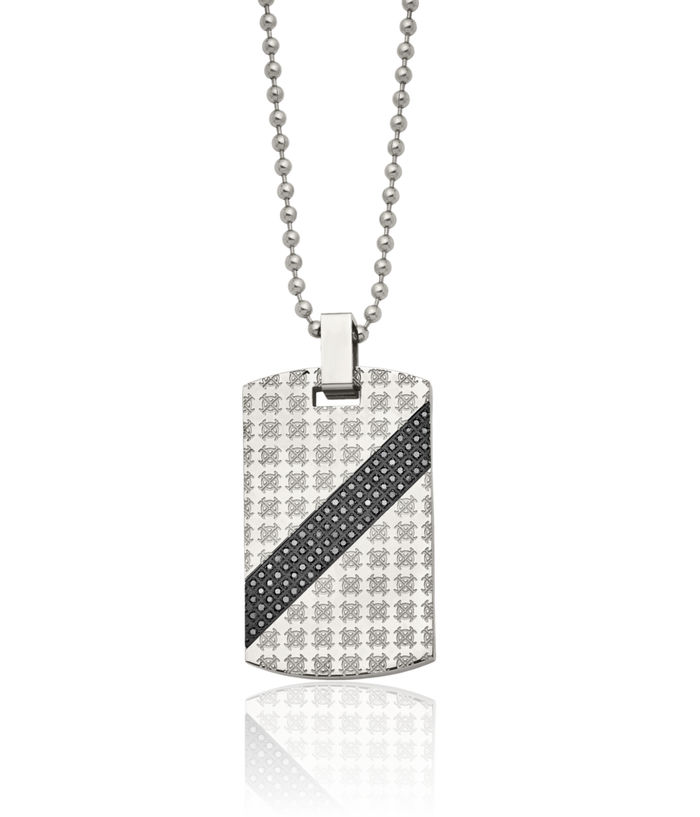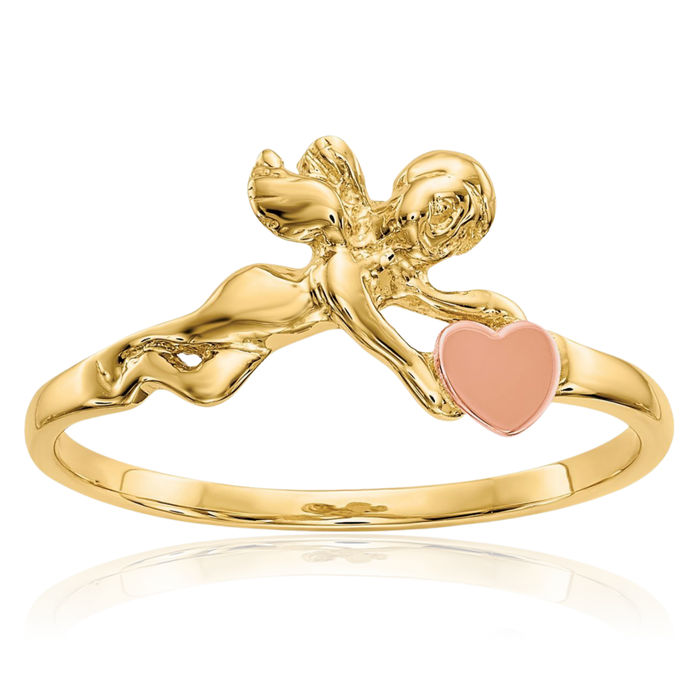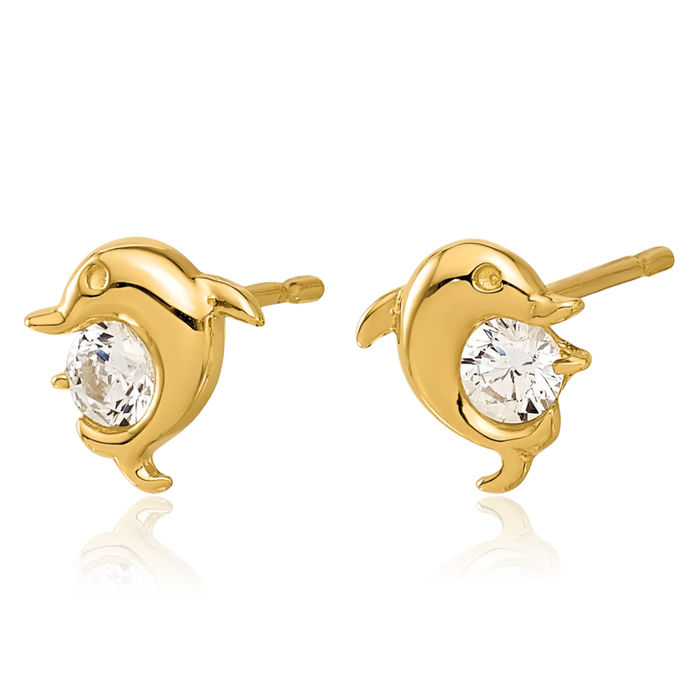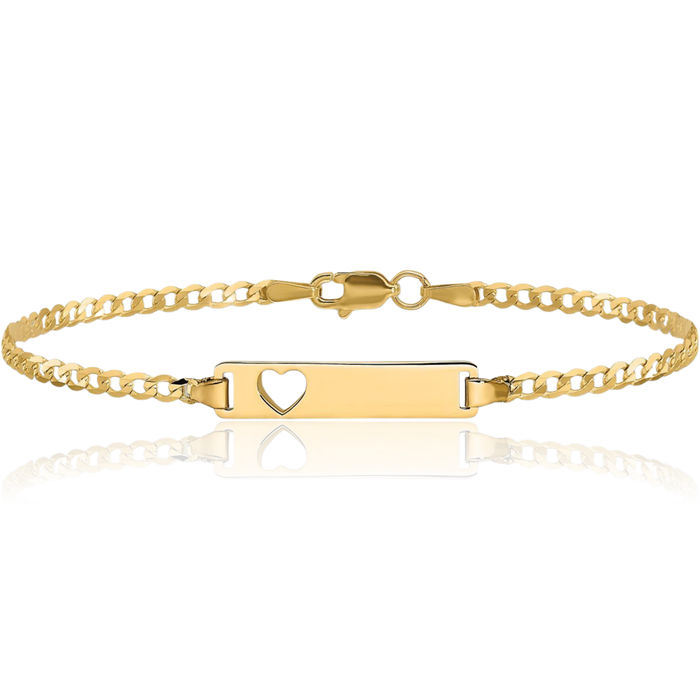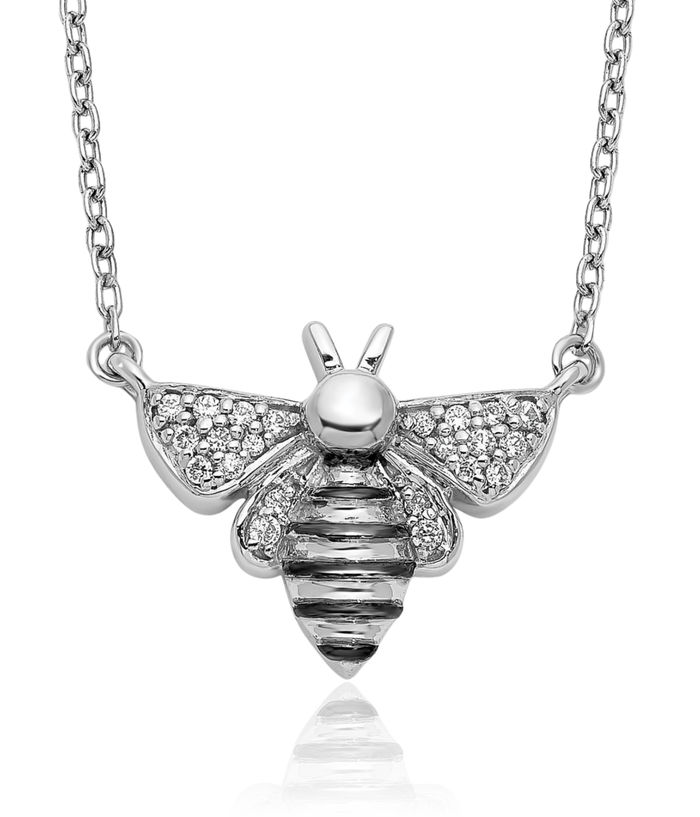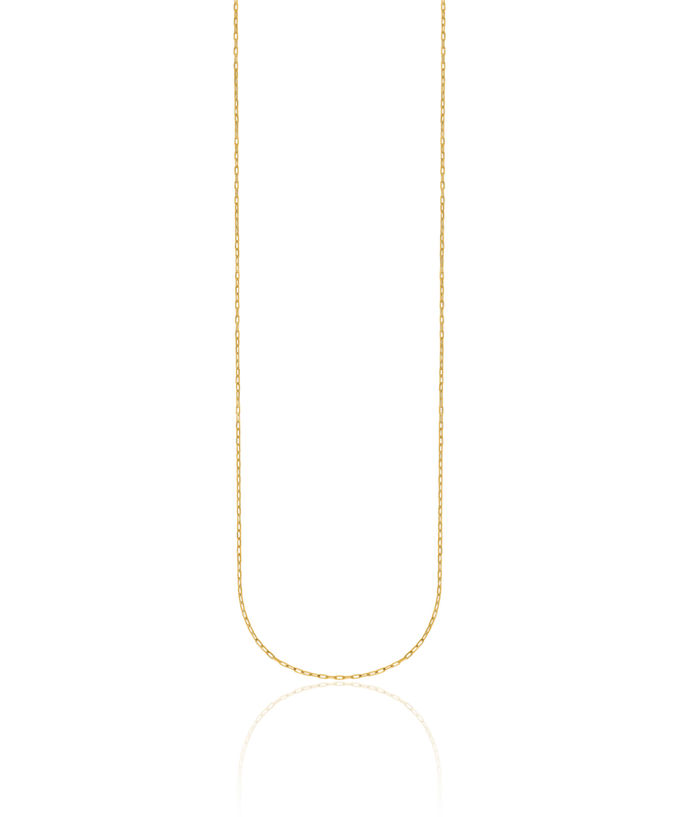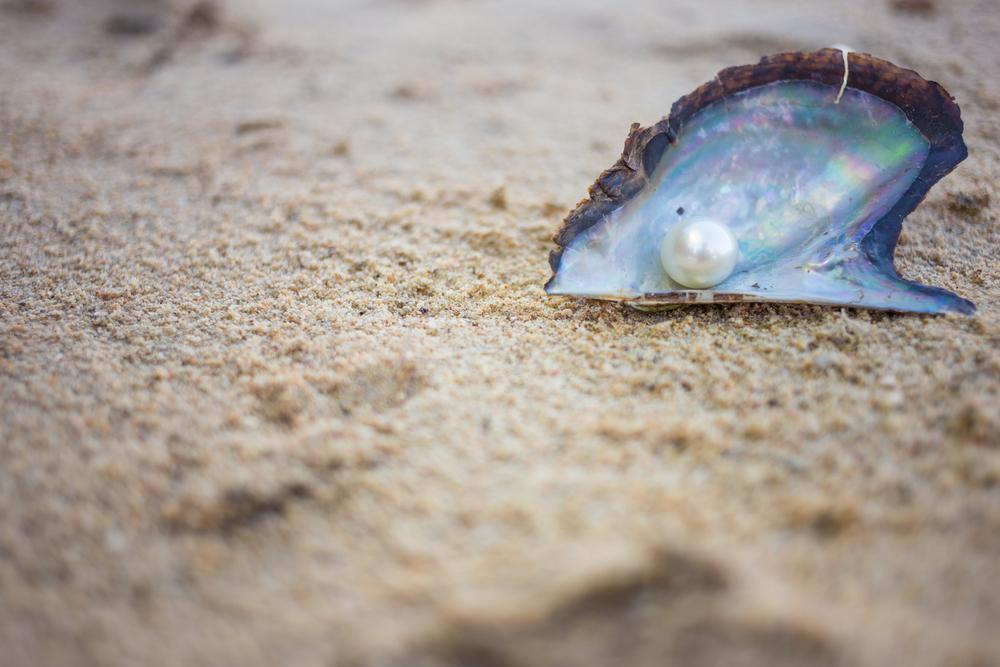
How Are Pearls Formed? The Story of Our Favorite Accessory
Who isn't addicted to pearls? Throughout the years, pearl jewelry has dominated the jewelry market. I could not see the jewelry box of everyone, but ...
Who isn't addicted to pearls? Throughout the years, pearl jewelry has dominated the jewelry market. I could not see the jewelry box of everyone, but I am pretty confident to say that all of us, at some point in our lives, owned a couple of pearl accessories. It is as old as time that pearl jewelry is a fashion favorite because it helps us channel our favorite vintage looks, but it also adds a touch of elegance to whatever outfit or ensemble we try to wear. But have you ever wondered how pearls are made? What are the differences in creating natural, cultured, and synthetic pearls? What takes place in the bringing about of our favorite pearl accessory?
Before we ever flaunted our favorite pearl jewelry, this natural gemstone has undergone so much to be beautiful. The more complicated the process of creating a particular pearl, the more valuable it becomes. Before we can ever see them in a string, the pearl experienced a painful, rigorous process. There are three types of pearls available on the market: natural, synthetic, and imitation. How are these three created? We will soon find out in this blog dedicated to our pearls!
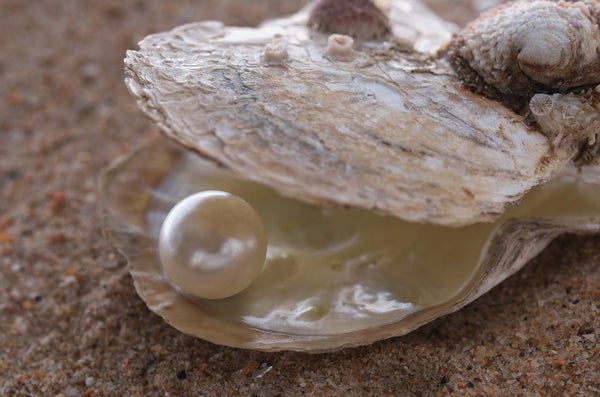
The creation of natural pearls is forever living proof that something beautiful can come from a painful experience. Let us all give gratitude for the oyster, and it's a natural way of protecting itself for our cute pearl trinkets. Pearls are a creation of a biological process -- they are formed due to an oyster's innate protection of itself. The production of pearls through the natural process is limited to oysters alone; other species belonging to the mollusk group, like the mussels and the clams, can also scarce pearls' chances. Most harvested pearls come from oysters. The biological creation of pearls starts when a parasite (not the false notion of sands entering the pearls) begins an oyster, clam, or mussel.
However, since pearls are often found in oysters, let's talk about how oysters make pearls. Oysters are simple water creatures that feed on plankton and algae. Sometimes, when an oyster is casually feeding, a parasite, often called an "intruder," enters the oyster and causes significant pain and discomfort. To alleviate the pain, the oyster has a natural way of coping. Without a way to expel the intruder, the oyster launches an immediate protection mechanism to save it from further pain. The protection begins with a crystalline material covering the intruder to prevent it from adding further harm to the oyster.
As long as the intruder is within its body, the oyster will continue to produce this crystalline material, more commonly referred to as "nacre." The nacre, more popular as the Mother of Pearls, is the iridescent material composed of hexagonal platelets called aragonite, which belongs to the calcium carbonate group. A smooth, jagged, iridescent pearl is produced when the oyster's natural protection covers the intruder in layers and layers of nacre. Contrary to popular belief, pearls produced by oysters are not perfectly round; they come in various shapes.
A round-shaped pearl is a far cry, considering that the irritant is not always around and is just some random algae that went to the wrong place. However, cultured pearls easily and more commonly achieve a round shape. Science and technology still could not explain or replicate the phenomenon of how oysters make pearls even now. We want to keep it as it is: a beautiful, excellent mystery.
Shop Women's Pearl Drop Necklaces Jewelry
CULTURED PEARLS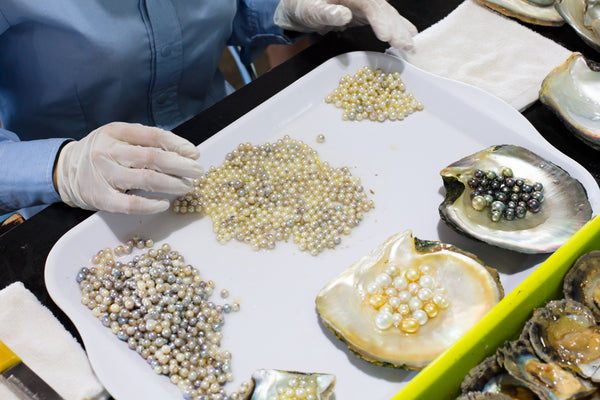
Despite fashion's great love for pearl accessories, it is accepted that to get your hands on the loveliest pearls there are, you have to spend hundreds of thousands to afford them. Naturally produced Pearls are rare and require long, tedious, and painful work that includes harvesting oysters in remote areas and finding out that there is nothing inside. Making a string of naturally produced pearls could take a long, long time. You can't blame pearl traders for the expensive price tags.
Thanks to innovation and the need for pearl trinkets, a Japanese man named Kokichi Mikimoto discovered making cultured pearls. This man -- also considered the "Inventor of the Pearls" -- solved the pearl deficiency problem forever. Because of him, pearls became more available to everyone, more affordable, and more wearable. Like pearls that went through a biological process, cultured pearls also originate from an irritant. However, unlike their natural counterpart, the irritants don't come spontaneously. Pearl cultivators manually insert irritants into the mollusks for the pearl process to begin.
Technicians in culturing pearls need to be very sensitive to perfect the processes. After gently implanting the irritant (usually a piece of mantle tissue), the oysters must be returned to the sea for feeding and growth. These newly cultured oysters are exposed to predators, lousy weather, breakage, and even plankton, causing them to lose their ability to lose the much-awaited pearls. Pearl culture is also complex, heartbreaking work, considering that only half can produce pearls after the harvest of almost a million pearls. Of this half, only a handful can pass the cut in becoming a part of pearl jewelry.
The pearls that passed the quality test are then gathered for sorting. The workers then begin the painstaking process of gathering pearls similar in shape, size, color, and luster; this phase could take months. After sorting out, pearls are now ready for drilling and designing, another tough, intricate job to ensure the best-cultured pearl is produced. Even though the creation of the pearl culture process has significantly lowered the price of pearl trinkets, the new price range is still considerably fancy. Remember all the hard work, time, and endless effort put into every pearl jewelry, which would significantly explain such a hike in price.
Shop Women's Pink Pearl Bracelets Jewelry
IMITATION PEARLS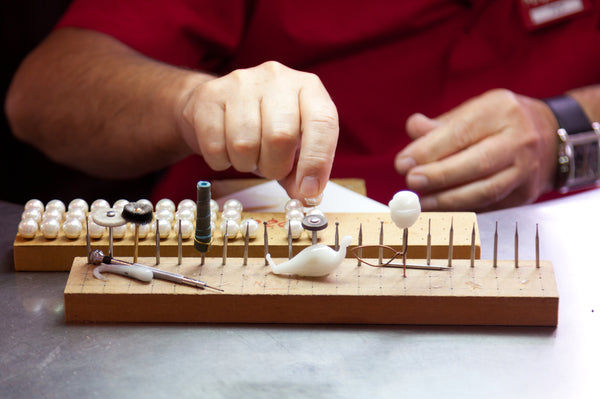
Guys, we now know that getting those gorgeous pearls isn't easy as 123, and the price isn't something you can wistfully ignore. Having pearls in our collection can mean shedding a lot of money. Perhaps the imitation gods have sensed our dire need for pearl bling, so they decided to recreate -- yes, take note, RECREATE-- a cheaper version of our favorite accessory. Behold, the pearl imitation! Unlike all the expensive processes that make authentic pearls, these imitation ones come from cheap materials contrived to make a fancy-looking pearl.
It turns out that pearl imitation started a long, long time ago. We may consider the Japanese the "Inventor of Pearls," but the Chinese are the champions in pearl imitation; they started creating pearl replicas as early as the first century! How rad is that? The Venetians then followed the feat when they discovered something worth the money: iridescent glass; they did spearhead the imitation pearl industry. They covered wax pearls with iridescent glass, and their luster exceeded that of an authentic pearl!
Nowadays, creating faux pearls has become more creative and artsy. These processes' end products are pearls that look classy and elegant without the booming price tag. One method of making fake pearls is filling the insides of hollowed glass beads with wax. Another more popular way included coating solid or glass beads with pearl powder. This version of the fake pearl has such high demand in the fashion industry as it is almost a perfect replica of authentic pearls from the sea.
One of the most popular faux pearls ever created is the Majorica or Mallorca pearl. These pearls are in high demand in the jewelry industry, but their process is top secret. The Majorica pearls ensure that cheaper copies of authentic pearls will not leave the market. It seems like the creators of this kind of pearl are doing a pretty good thing.
Shop Women's Button Pearl Jewelry
Authentic pearls or not, wear your bling proudly like Rihanna!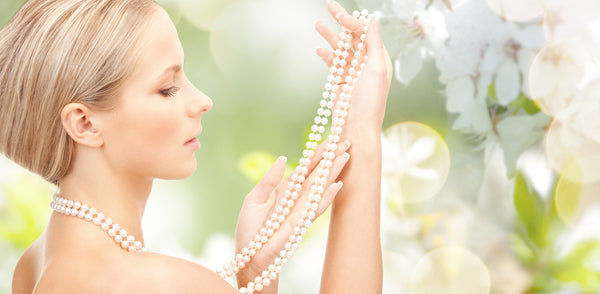
If you're a lady and come to me for advice, perhaps one of the essential fashion hacks I can give you is, "You need to have pearls, darling. Ropes of it!" I remember Coco Chanel saying how women need pearls in their life. Pearls are a good fashion investment. Whether you own an authentic or synthetic pearl, wear your pearls proudly and take notes from our dear Rihanna.
Pearls make you look sleek and fabulous; it doesn't matter if you bought yours for $1000 or $100. Are you on the hunt for stunning pearls? Well, you're in luck. Here at IceCarats, we have authentic and imitation pearls that satisfy your needs.
